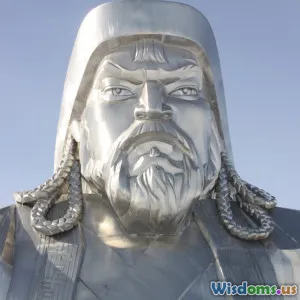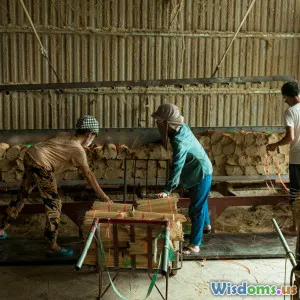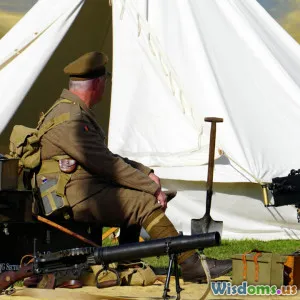
Comparing Trench Warfare in World War One and Two
18 min read Explore how trench warfare differed between World War I and II, analyzing key strategies, technologies, and battlefield experiences. (0 Reviews)
Comparing Trench Warfare in World War One and Two
When one hears the phrase "trench warfare," evocative images of muddy landscapes, barbed wire, and long, desperate stalemates often come to mind. These images are almost solely rooted in the history of World War One, which brought trench warfare to levels of industrialized brutality never seen before. However, what is often overlooked is how trench warfare appeared—or, more strikingly, receded—during World War Two. Understanding the evolution of this combat style across both world wars not only shines light on changes in military tactics and technology but also offers a lens to appreciate how rapidly war itself can change within a single generation. Let’s delve into the complexities, context, and legacies of trench warfare across the two greatest conflicts of the 20th century.
The Anatomy of Trench Warfare in World War One

World War One (1914-1918) was, above all else, defined by trenches. The Western Front stretched more than 400 miles from the North Sea to Switzerland, with both sides burrowing into the earth to endure artillery barrages and machine-gun fire. The complex networks—composed of front-line, support, and reserve trenches—were augmented by communication ditches, dugouts, and machine-gun nests. The anatomy of these trenches, developed painstakingly under fire, illustrates both the tactical needs and engineering prowess of the belligerents.
Barbed wire tangled "no man's land," creating further obstacles. Soldiers lived in squalor, contending with mud, rats, lice, and bomb-blasted landscapes. Major offensives, such as the Battle of the Somme (1916) and Verdun (1916), became infamous for horrific casualties with minimal territorial gain—a result of deeply entrenched positions impervious to the period's offensive technology. Over 1 million men were killed or wounded at the Somme alone.
The static nature of the front wasn't due to a lack of willpower or imagination. Rather, the lethal interplay between rapid-fire weapons (like machine guns), heavy artillery, and the limited mobility of soldiers locked combatants in place. Defensive technologies vastly outstripped the offensive capabilities, leading to "war of attrition."
Weapons and Technology: The Double-Edged Sword of Stalemate
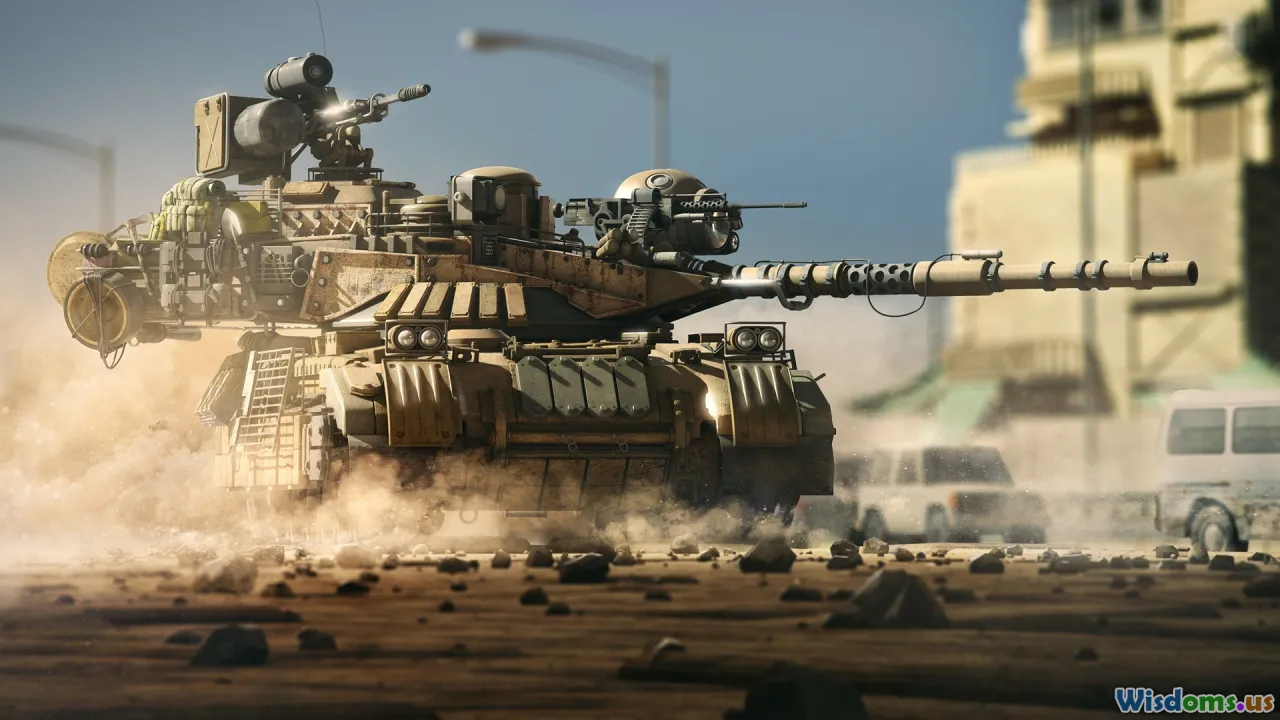
The extraordinary lethality of World War One battlefields stemmed largely from rapid technological advances. Defensive firepower was unmatched: the British Vickers machine gun and German MG08 could each unleash 500 rounds per minute. Artillery, responsible for roughly 60% of all war casualties, ranged from light field guns to monstrous railway cannons like the German 'Big Bertha.'
To break the deadlock, new weapons emerged:
- Poison Gas: First used by Germans at Ypres in 1915, chemical agents (chlorine, phosgene, mustard gas) caused agonizing injuries. Both sides adopted gas, leading to new horrors and the development of crude protective masks.
- Flamethrowers: Used primarily by Germans, flamethrowers aimed to flush out dug-in defenders but inspired widespread fear.
- Tanks: Debuting at the Somme in 1916, early tanks often broke down but hinted at future breakthroughs.
Despite technological innovation, most new weapons couldn’t decisively break trench lines because defenders were typically well-fortified—and prepared to counter these advances. As a result, fighting often reverted to frontal assaults with catastrophic loss.
The Psychological Toll: Life and Routine in the Trenches

Beneath the thunder of artillery and fury of machine-gun nests, life in the trenches was a war on morale. Soldiers were soaked in mud, shivering in cold, and driven to exhaustion by constant bombardment and perpetual fear. Disease and vermin were ever present: more than 75,000 British men succumbed to "trench foot" due to prolonged dampness, while outbreaks of dysentery, typhoid, and lice-borne fever swept both sides.
Amid these hardships, a daily routine emerged: sentry duty, sorting rations and supplies, performing repairs, or organizing raids. Yet, periods of relative calm could dissolve at any hint of an enemy attack or dreaded artillery "barrage." Some studies estimate over 10% of soldiers suffered from severe psychological disorders—the infamous "shell shock" (now recognized as PTSD). Letters home and war diaries abound with tales of personal endurance, camaraderie, and grim survival.
The Decline of Trench Warfare: Shifts by 1918
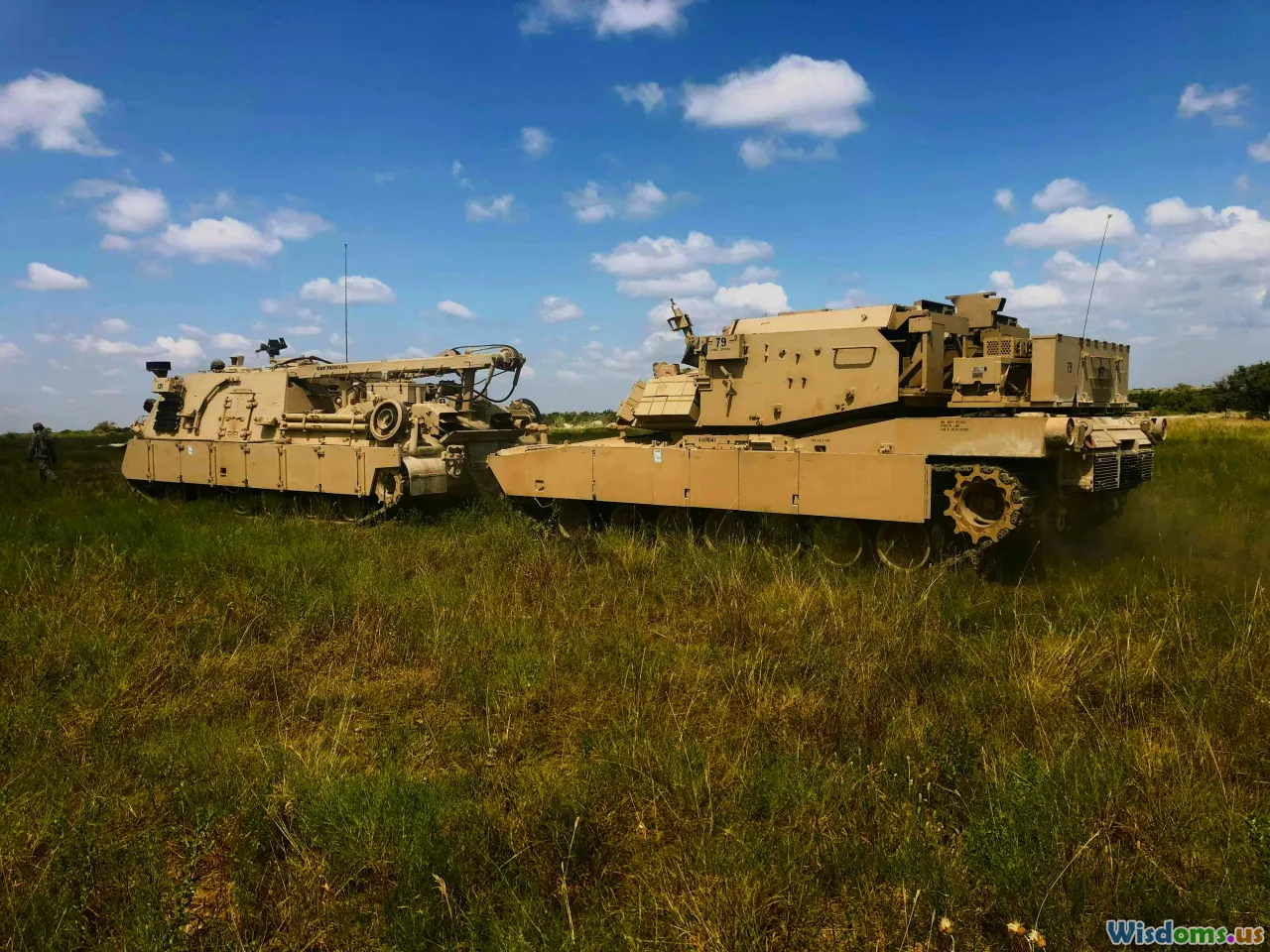
By 1918, significant adaptations signaled trench warfare’s decline. Both the Allies and Central Powers sought ways to reclaim battlefield mobility. Germany developed infiltration tactics, with elite "stormtrooper" assault units bypassing enemy strongpoints to disrupt rear areas. The Allies, learning from costly earlier mistakes, adopted new tactics:
- Creeping Barrages: Artillery fire advanced in calculated steps ahead of attacking infantry.
- Coordinated Armor and Air Support: Tanks and aircraft began to work together, albeit in their infancy.
The Hundred Days Offensive (August–November 1918) marked a dramatic shift. Fluid battle lines crept across France as tanks, planes, and combined-arms tactics shattered static defenses. The year 1918 thus became a rehearsal for the more mobile warfare seen in the Second World War.
Trench Warfare Rethought: World War Two's Context
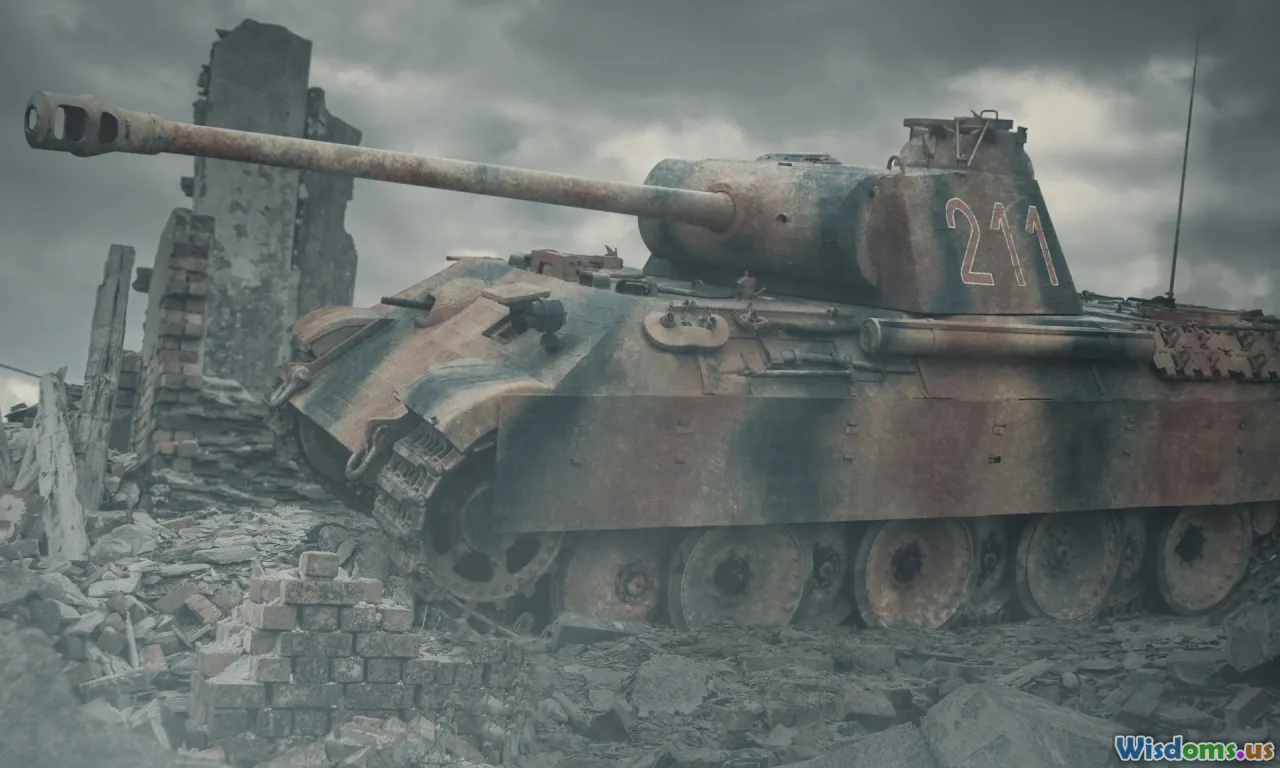
Although trench construction did reappear in World War Two (1939-1945), it never ascended to the dominance seen from 1914-1918. Several factors account for this change:
First, military doctrine and technology had evolved. Crucially, the rapid German Blitzkrieg (or "lightning war") in 1939-1941 demoted static defensive lines in favor of speed and mechanized assault. Panzer divisions, with motorized infantry and concentrated airpower, swept around defensive lines rather than smashing into them, rendering entrenchments obsolete.
France’s infamous Maginot Line—a massive series of defensive works inspired by WWI trench strategies—was utterly bypassed during the 1940 invasion. German panzer forces sidestepped these elaborate fortifications, violating Belgium’s neutrality and breaking through lightly defended areas such as the Ardennes. Such maneuvers emphasized maneuver over attrition.
Second, mobile warfare was enabled by technological maturation:
- Tanks: By WWII, tanks were faster, more reliable, and integral to offensive operations.
- Infantry Tactics: Emphasized dispersed formation, mobility, and combined arms.
- Air Superiority: Enabled strategic bombings and ground force coordination.
While floodways of trench digging returned in desperate defensive scenarios—like the Siege of Leningrad or Anzio beachhead—such static conflicts were exceptions rather than the rule.
Where Trenches Persisted: Siege and Specialized Battlefields

That said, some WWII battles bore similarities to the static nightmares of the Great War. Prolonged sieges and set-piece engagements forced soldiers back into trenches and urban strongpoints. Stalingrad (1942-43) became an epic of attrition and close-quarter combat, where both Soviets and Germans erected field fortifications and networks of trenches among ruined buildings. The encirclement and eventual destruction of the German 6th Army depended largely on holding—or overrunning—hardened positions.
In Italy (1943-44), particularly during the grueling Battle of Monte Cassino and at Anzio, defenses often entailed elaborate trenchworks and dugouts. On the Pacific front, U.S. Marines advancing island by island faced Japanese defenders entrenched in caves, tunnels, and bunkers—tactical inheritances from the WWI era adapted for new geographies. However, even these were driven largely by operational needs rather than a universal combat doctrine, and none compared to the industrialized trenchworks of the Western Front in WWI.
Contrasts in Combat Experience: WWI versus WWII Soldiers

Day-to-day fighting in the trenches of World War One was synonymous with static repetition and attrition. Soldiers spent weeks, even months, within a small plot of earth, barely advancing save for costly offensives. Even actions in "quiet sectors" held the constant threat of snipers, random shelling, and trench raids. Proximity to enemy lines fostered an environment where territory seemed frozen in time, and small gains incurred deadly cost.
In contrast, World War Two fighters endured relentless, mobile campaigns. Soldiers might traverse hundreds of miles in short periods, with front lines often shifting rapidly as cities and towns fell or were recaptured. Fatigue stemmed not from boring stasis but from the sustained pace of attack, retreat, and tactical maneuver. That said, psychological trauma was present in both wars, albeit shaped by different battle rhythms and anxieties.
The relative rarity of prolonged static combat in WWII arguably permitted higher operational tempo. For soldiers, this meant different kinds of hardship and combat stress—endless movement, rapid changes to unit cohesion, and the requirement to quickly adapt to new terrain—rather than endless days in one trench struggling for mere survival against boredom, vermin, and the shell.
The Influence of Geography and Weather

Battlefield geography and climate played vital roles in the implementation of trench warfare. The rolling hills, rivers, and thick forests of Belgium and France lent themselves to extensive digging and defensive lines in WWI. Seasonal rains filled trenches with mud; winter snow froze supplies; many poignant images—from waterlogged trenches to Christmas truces—owe as much to weather and landscape as to military strategy.
In WWII, geography continued to dictate tactics, although technology had offset some disadvantages. The Soviets constructed vast trench networks before and during the Siege of Leningrad partly because open plains and rivers made tank assaults difficult. Conversely, in North Africa’s deserts or on Pacific atolls, entrenchments had different forms—gun pits, foxholes, and camouflaged bunkers tailored to climate and local geology. The Eastern Front's epic winter campaigns exposed German and Soviet troops not just to bullets, but fields that turned to mud ("rasputitsa") and deep subzero cold.
Command, Communication, and Supply: Organizational Shifts
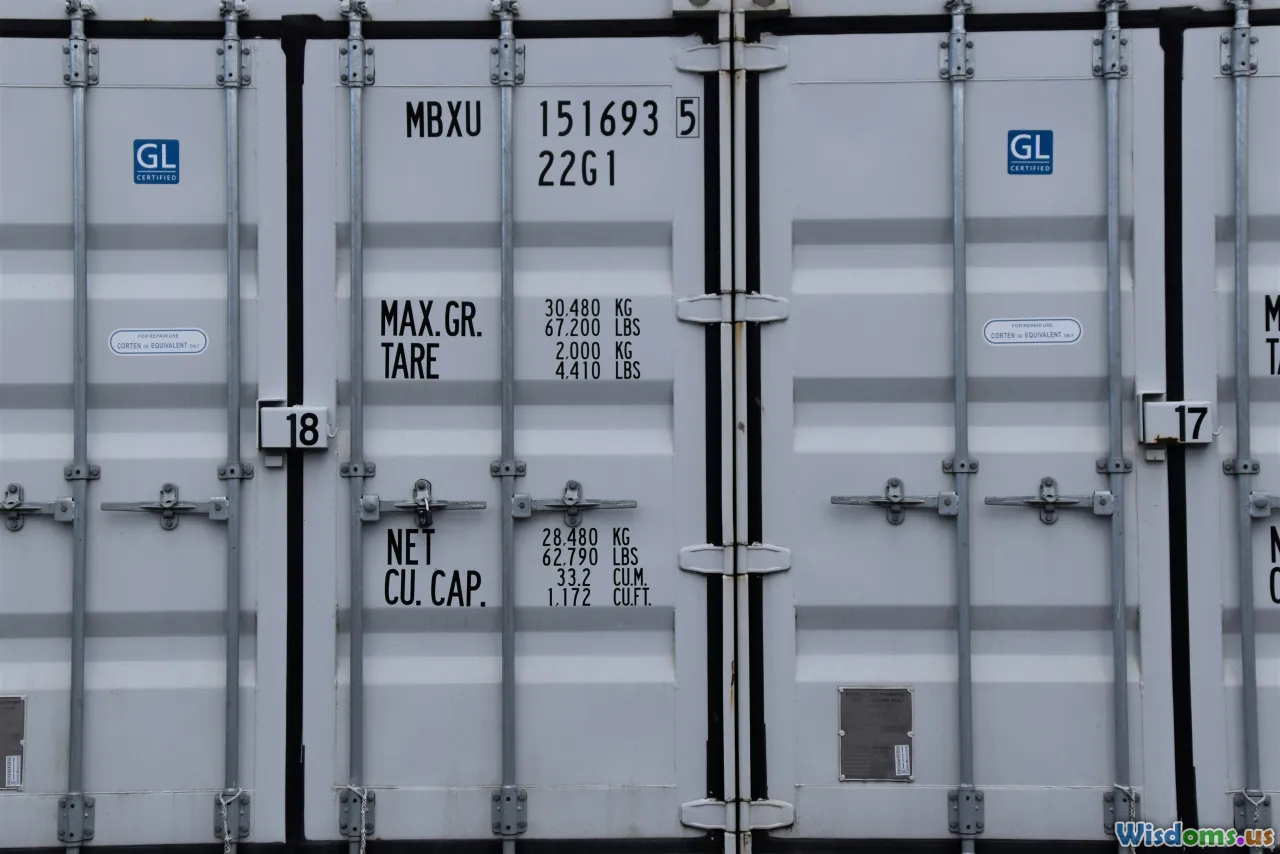
A defining reason for the prevalence—and ultimate decline—of trench warfare comes down to command and communications. World War One armies initially struggled with slow communications, which made coordinated offensives difficult. Runners and signaling lamps proved inadequate once bombardments began; wire phone lines were destroyed within minutes. Coordinating complex movement across the labyrinth of trenches was nearly impossible.
World War Two, by contrast, was characterized by radio communication. Mobile radios were mounted in tanks, infantry platoons had portable sets, and squadrons could coordinate with ground forces for effective combined arms assaults. German Blitzkrieg depended on rapid, accurate information flows. Advanced logistics—mechanized transport, improved resupply of fuel and ammunition—enabled fast-moving spearheads, as units weren't tied to railways and horse-drawn carts to the same extent as in WWI.
These organizational and technological innovations fundamentally altered soldier life and commanders’ decisions. War became more dynamic, unpredictable—and, in many cases, even more lethal.
Legacy and Lessons: How Great Wars Shaped Modern Conflict
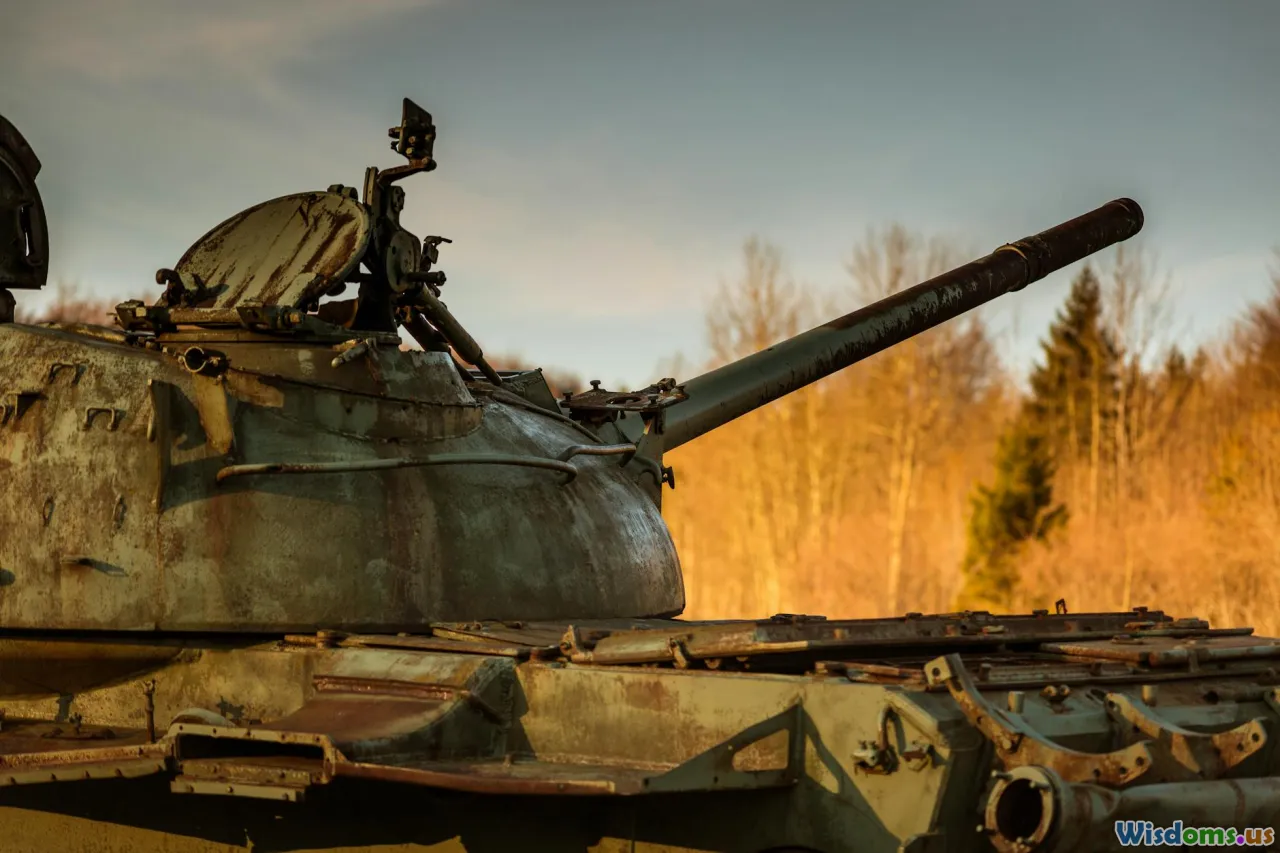
The cataclysmic cost of World War One trench warfare—millions dead for yards of ground—cast a long shadow over military planning for generations. Trench networks developed in that war informed city defenses in World War Two, Cold War military thought, and even Soviet positions in Afghanistan during the late 20th century.
However, few conflicts have since seen a repeat of the static horrors of the Western Front. Instead, mobility and adaptability became central priorities, leading to continued investments in armored vehicles, air power, and rapid communications. When trenches did reappear—in the Korean and Iran-Iraq wars, for instance—they represented local responses to specific tactical needs rather than a return to the large-scale stalemates of World War One.
Modern militaries now prioritize flexibility, combined-arms integration, and speed. The advice borne from these two global conflicts is blunt but clear: successful militaries are those that anticipate change and avoid fighting the last war.
The story of trench warfare in the two world wars is not just about the ways soldiers fought, but about how technology, society, and learning from past mistakes shape the future of warfare. From entrenched mudfields of Flanders to mechanized columns sweeping across France, these conflicts reveal the necessity of adaptation in the face of rapidly evolving threats. The lessons written in the earth, and paid for with such staggering human cost, continue to resonate even in our unpredictable present.
Rate the Post
User Reviews
Popular Posts













